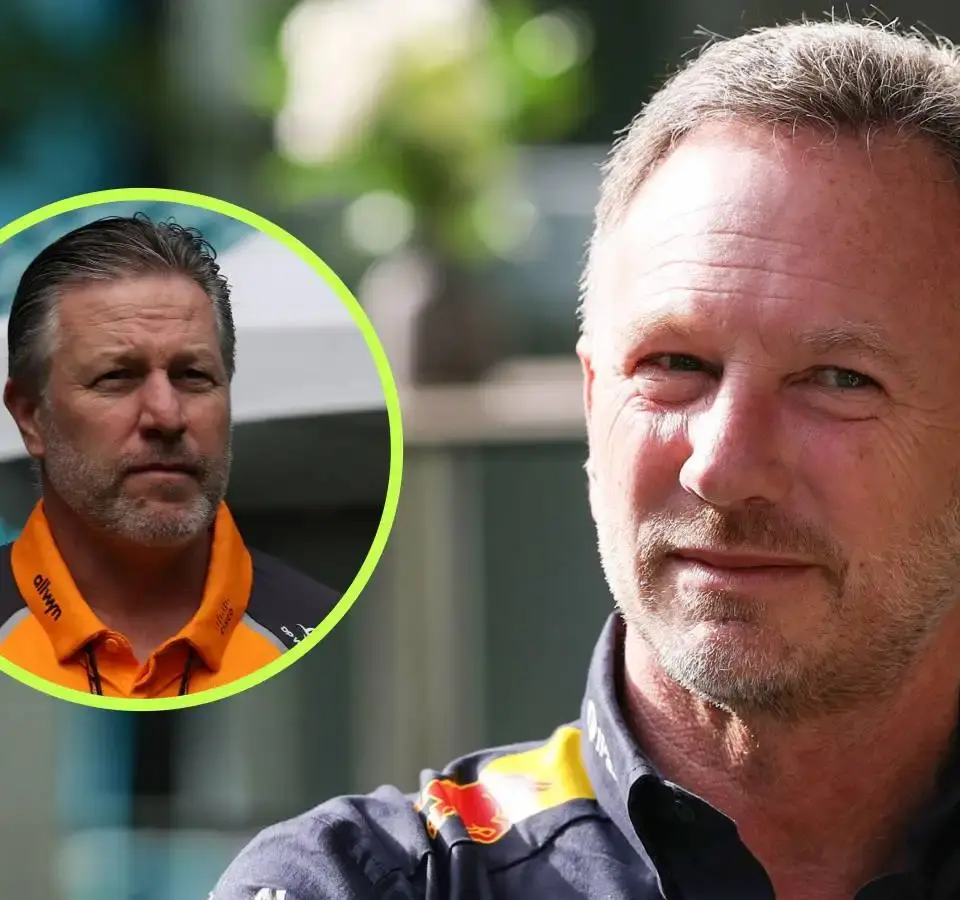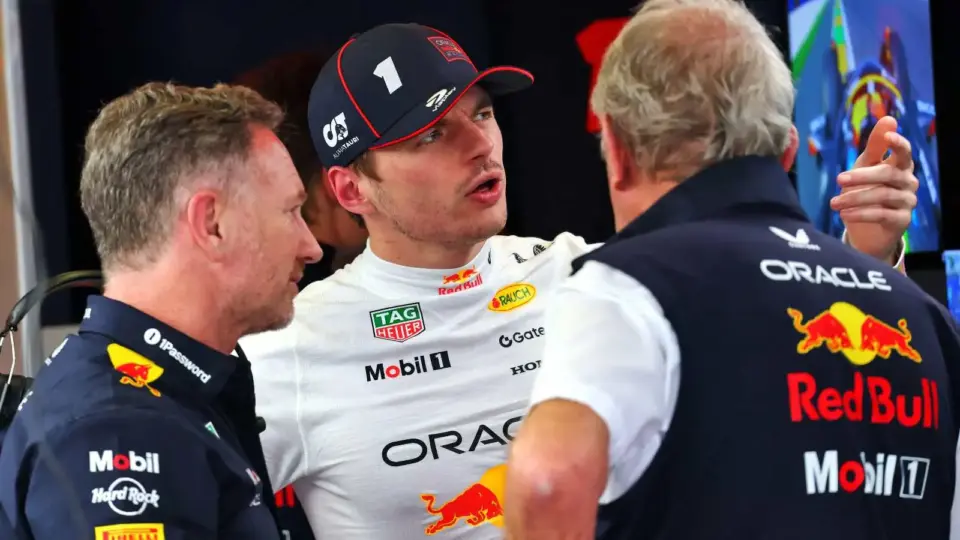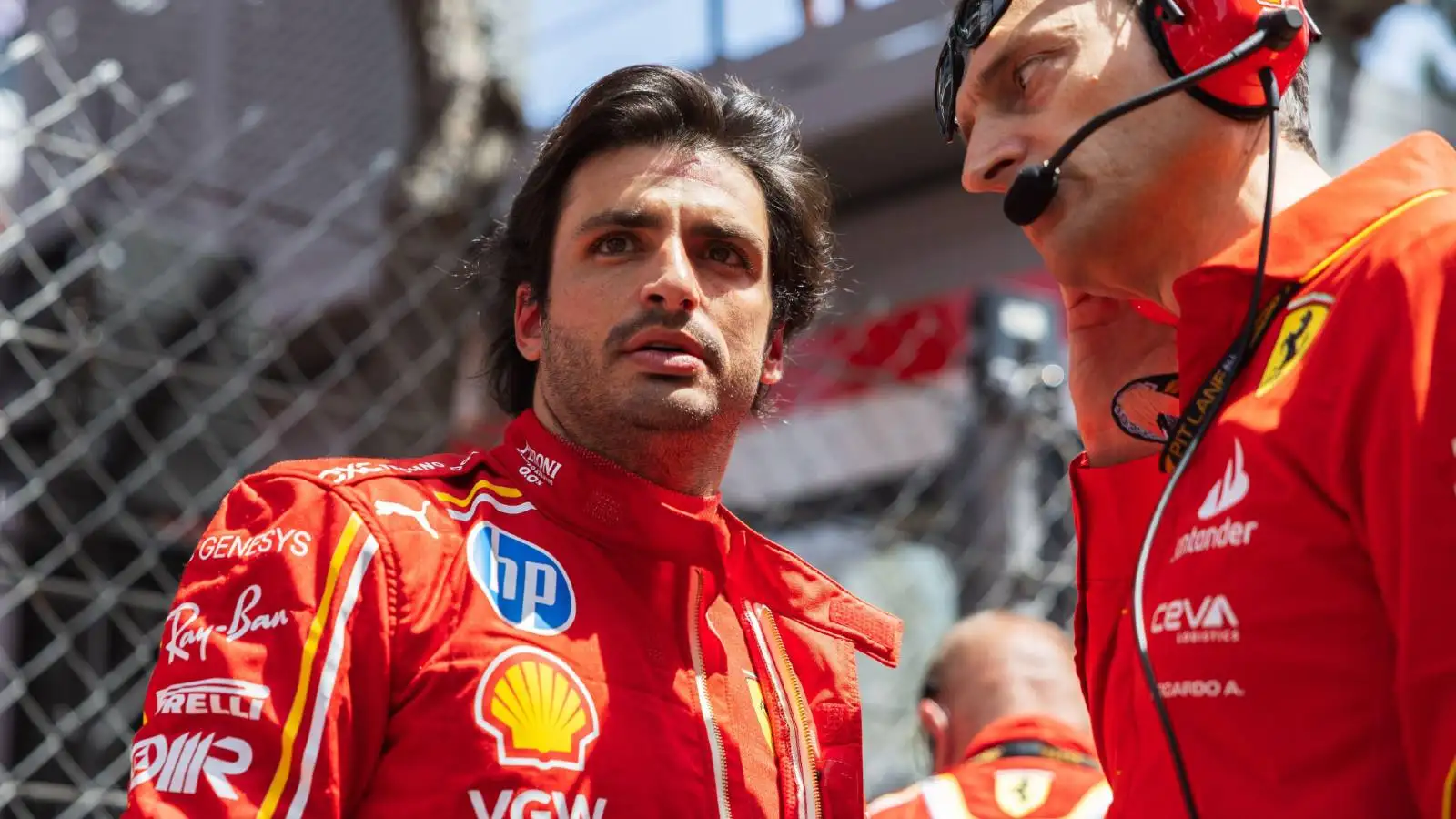Christian Horner and Zak Brown’s playful exchange at the Miami Grand Prix caught everyone’s attention.
- Zak Brown cheekily used a ‘tire water’ bottle, hinting at past allegations of McLaren’s secret cooling tactics.
- Christian Horner offered a witty reply, suggesting he’d send a can of Red Bull for a real energy boost.
- Amidst the jest, tire cooling strategies remain a hot topic, especially with McLaren’s recent successes.
- Horner acknowledges the challenges of staying ahead in Formula 1 and the inevitable scrutiny that comes with it.
In a scene that had fans chuckling at the Miami Grand Prix, teams weren’t just racing on track but also exchanging good-natured jabs off it. Zak Brown, McLaren’s CEO, decided to poke a bit of fun at the controversy surrounding alleged cooling tactics by flaunting a water bottle labeled ‘tire water’. This move was a nod to suspicions that McLaren was employing creative methods to keep their tires cool—a notion that, despite thorough investigations, has shown no hard evidence.
Christian Horner, the Red Bull chief, who was at the center of these allegations, chose humor over hostility. He suggested to the media that if Brown needed some energy, a simple can of Red Bull would suffice. But behind the smiles and jests lies a serious narrative, as McLaren’s recent performance has indeed raised eyebrows. With drivers Lando Norris and Oscar Piastri pulling off an impressive 1-2 finish, many wonder if McLaren has truly mastered the art of tire management.
The discussion over how McLaren keeps its tire temperatures so favorable continues, with rival teams eager to uncover their secrets. Pirelli, the official tire supplier, indicated that no irregularities were detected, though admitted that theoretically, manipulating tire temperatures by injecting water could impact pressure levels.
Horner expounded on the inevitable scrutiny faced by successful teams in Formula 1. He remarked, “You’re always going to be under the microscope when you’re leading the pack.” Despite McLaren’s seeming edge, Horner acknowledged that the conditions in Miami favored those who could manage heat better, attributing some of the Red Bull’s struggles to brake issues rather than tire anomalies.
Racing dynamics in Miami showcased that McLaren’s advantage grows over longer distances, especially under high temperatures. Horner praised Max Verstappen’s tenacity in the race, highlighting his ability to push the Red Bull to its limits against a formidable McLaren force. Though Verstappen faced challenges, including brake issues, his effort was noteworthy, keeping rivals at bay longer than expected.
As Formula 1 looks towards a new era with changing technical regulations, Horner remains keen to understand and possibly replicate McLaren’s success in tire management. This strategic insight not only aims to boost Red Bull’s future competitiveness but also emphasizes the broader ambition within the intricate world of Formula 1 engineering.
The playful jibes at the Miami Grand Prix underscore the intense competition in Formula 1, where every advantage is crucial.










